Driving Dystopia: Tesla Activates Driver Monitoring Protocols

There’s a small camera just above the rear-view mirrors installed in newer Tesla models. If you haven’t noticed it before, it wasn’t of any particular relevance. But it certainly is now.
Tesla has decided to activate driver monitoring protocols in an effort to avoid liabilities whenever Autopilot fails and motorists unexpectedly find themselves merging off a bridge. After rummaging through the wreckage and collecting errant body parts, investigators can use the vehicle’s camera data to see what was happening moments before the car hurled itself into the ravine. If it turns out that the driver was totally alert and did their utmost to wrangle the vehicle as it went haywire, a colossal payout for the surviving family is assured. But if that camera catches them slipping for a microsecond, the manufacturer has all it needs to shift the blame onto the deceased driver.
While you’ll have to excuse the hyperbole, this is effectively the purpose of these driver-monitoring cameras and it’s the main reason they’ve been cropping up in increasingly more automobiles of late. Both Ford and General Motors both use them in conjunction with their driver-assistance packages — though they function a bit differently — and they’ve been recently endorsed by the world’s largest automotive lobby.
But Tesla CEO Elon Musk had previously hinted that such measures were unnecessary, despite government regulators and safety organizations suggesting that having a driver’s own car constantly harass and monitor them for attention was a sure-fire way to save lives. If you can call that living.
Instead, Tesla’s vehicles marched onward with Autopilot remaining active based on steering inputs. If the car notices the operator hasn’t touched the wheel in a while, it issues a reminder to retake control and ultimately deactivates itself in the safest way it can manage if that doesn’t happen. It seems a completely rational solution, however, the brand’s own marketing has convinced many of its stupidest consumers that its products are self-driving. So we still ended up seeing news reports of people crashing cars because they decided to take it easy in the back seat.
Things changed on Tuesday when a Twitter user posted software release notes on a recently acquired Model Y. The vehicle notified him that the interior camera “can now detect and alert driver inattentiveness while Autopilot is engaged. Camera data does not leave the car itself, which means the system cannot save or transmit information unless data sharing is enabled.”
Keep in mind that the “unless data sharing is enabled” caveat can be changed overnight via terms of service update. There’s also nothing stopping the government from making that mandatory in the future as a way to prevent motorists from using their phones, for example. Let’s not forget that Tesla’s leadership claimed there was no real reason to have onboard driver monitoring in the past. Any subsequent promises that having the ability to monitor you in real-time is a line that won’t be crossed without your permission are absolutely meaningless.
I speak to people about this all the time to take the public temperature and the response is often that they don’t have anything to hide so they don’t care. Sometimes they become indignant that I would even care about their privacy. But they are correct in their assumption that we’re not terribly interesting and there’s likely nobody paying close attention to the average individual.
Of course, that’s not really the point.
As trivial as someone watching me pick my teeth or chase an itch down to my crotch happens to be, I can have that done on the subway for substantially less money. The whole point of purchasing a vehicle is to have a mobile sanctuary and alternative to public transit. You pay thousands of dollars for that privileges and we’re getting dangerously close to a point where that’s no longer going to be the case. Automakers are starting to act like they still own the vehicles after they sell them to us and using are them to harvest our data for profit. The amount of information manufacturers track on your vehicle has become genuinely alarming and if you think the same thing won’t happen with onboard camera systems, I believe you are gravely mistaken.
What do we get in exchange? A vague, highly questionable promise of safety.
Unsettlingly, other outlets seem to be buying into the premise that this will be a game-changer in terms of safety. There is no shortage of publications completely ignoring the fact that advanced driving aids actively encourage drivers to tune out and are often flummoxed by typical roadway inconveniences. They’re not up to snuff and the preferred solution isn’t to remove them from vehicles until they’re made better, but actively harass and surveil the poor bastard who was conned into paying extra money for a feature he thought would let the car drive itself. Even Elektrek didn’t seem all that alarmed about the patch notes, despite previously writing about a hacker that proved the system could be momentarily fooled by taping up a photograph of one’s face.
It’s not stupid that companies are working on these technologies, people clearly want them. But it’s absolutely horrifying that we’re still supposed to pretend that they’ve arrived at completion when they all require invasions of our privacy to function correctly. Tesla’s new driver monitoring even coincides with its updated Tesla Vision system that ditches radar — something we worried would make Autopilot less effective.
It’s bewildering to me why we’re putting up with such overt nonsense and have the audacity to call it progress. Driving-facing cameras exist exclusively to protect automakers from being liable for the failure of their own half-backed technologies. They may someday also have other uses. But none of them will be of any real benefit to the driver until motorists have exclusive and assured rights regarding exactly how their data is managed and shared.
[Image: Flystock/Shutterstock]

A staunch consumer advocate tracking industry trends and regulation. Before joining TTAC, Matt spent a decade working for marketing and research firms based in NYC. Clients included several of the world’s largest automakers, global tire brands, and aftermarket part suppliers. Dissatisfied with the corporate world and resentful of having to wear suits everyday, he pivoted to writing about cars. Since then, that man has become an ardent supporter of the right-to-repair movement, been interviewed on the auto industry by national radio broadcasts, driven more rental cars than anyone ever should, participated in amateur rallying events, and received the requisite minimum training as sanctioned by the SCCA. Handy with a wrench, Matt grew up surrounded by Detroit auto workers and managed to get a pizza delivery job before he was legally eligible. He later found himself driving box trucks through Manhattan, guaranteeing future sympathy for actual truckers. He continues to conduct research pertaining to the automotive sector as an independent contractor and has since moved back to his native Michigan, closer to where the cars are born. A contrarian, Matt claims to prefer understeer — stating that front and all-wheel drive vehicles cater best to his driving style.
More by Matt Posky
Latest Car Reviews
Read moreLatest Product Reviews
Read moreRecent Comments
- Probert They already have hybrids, but these won't ever be them as they are built on the modular E-GMP skateboard.
- Justin You guys still looking for that sportbak? I just saw one on the Facebook marketplace in Arizona
- 28-Cars-Later I cannot remember what happens now, but there are whiteblocks in this period which develop a "tick" like sound which indicates they are toast (maybe head gasket?). Ten or so years ago I looked at an '03 or '04 S60 (I forget why) and I brought my Volvo indy along to tell me if it was worth my time - it ticked and that's when I learned this. This XC90 is probably worth about $300 as it sits, not kidding, and it will cost you conservatively $2500 for an engine swap (all the ones I see on car-part.com have north of 130K miles starting at $1,100 and that's not including freight to a shop, shop labor, other internals to do such as timing belt while engine out etc).
- 28-Cars-Later Ford reported it lost $132,000 for each of its 10,000 electric vehicles sold in the first quarter of 2024, according to CNN. The sales were down 20 percent from the first quarter of 2023 and would “drag down earnings for the company overall.”The losses include “hundreds of millions being spent on research and development of the next generation of EVs for Ford. Those investments are years away from paying off.” [if they ever are recouped] Ford is the only major carmaker breaking out EV numbers by themselves. But other marques likely suffer similar losses. https://www.zerohedge.com/political/fords-120000-loss-vehicle-shows-california-ev-goals-are-impossible Given these facts, how did Tesla ever produce anything in volume let alone profit?
- AZFelix Let's forego all of this dilly-dallying with autonomous cars and cut right to the chase and the only real solution.
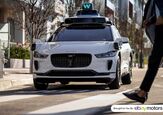
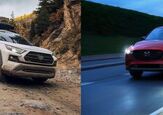
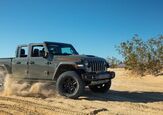
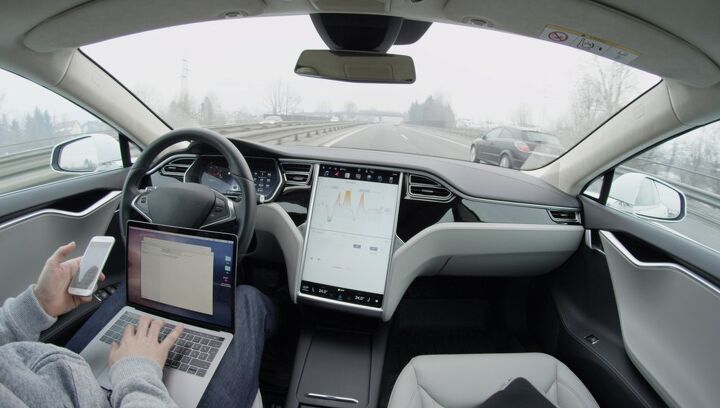












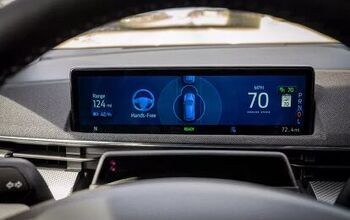
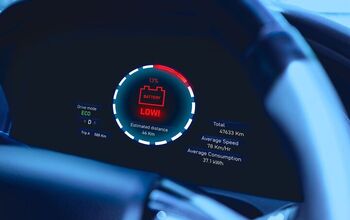
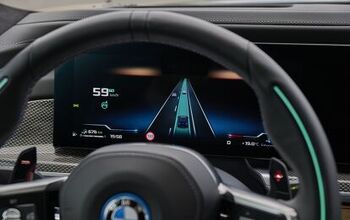
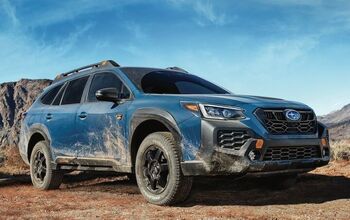
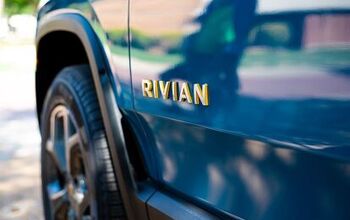
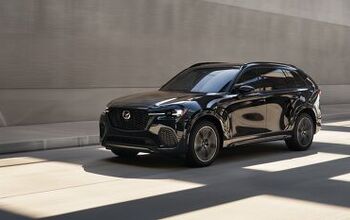
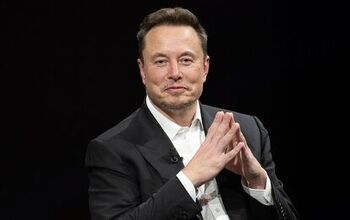
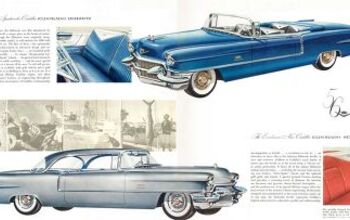
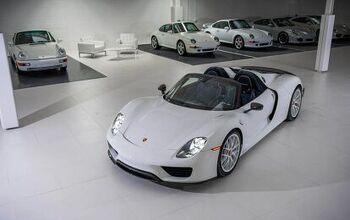
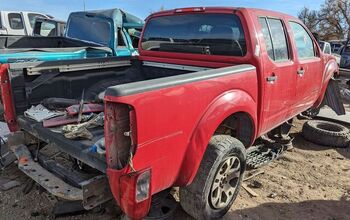
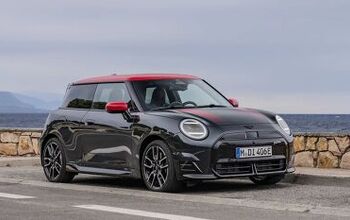
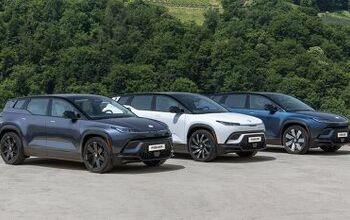
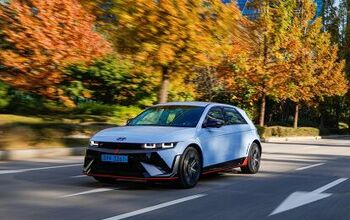
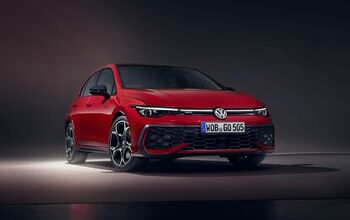
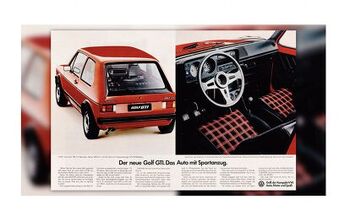
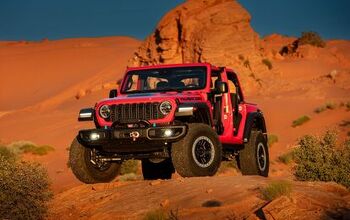
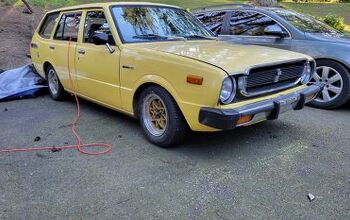

Comments
Join the conversation
There is no way around this until a true Level 5 is reached as the driver will always be required to perform some action to a certain degree. I wouldn't want it in my car, but nor am I interested in Level 2 automation.
TTAC has some terribad writing and the glib, coolish hipster nihilism is enough to gag a maggot. "If it turns out that the driver was totally alert and did their utmost to wrangle the vehicle as it went haywire, a colossal payout for the surviving family is assured. But if that camera catches them slipping for a microsecond, the manufacturer has all it needs to shift the blame onto the deceased driver. "